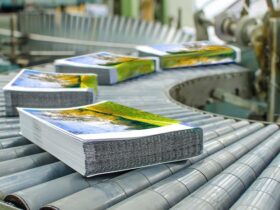Granding glue
The third of these requirements is in contradiction with the first. This contradiction is overcome by applying adhesives to the surface in a heated state or in solutions.
Granding glue. Glue grasping can be caused by cooling it to room temperature, drying or chemical processes leaking in it. If you have taken up the repair, then you may also need to fix the windows, the professionals should entrust such work here: repairs of plastic windows.
Cooling can lead to a significant increase in viscosity, accompanied by the appearance of the limitation limit or even crystallization of all glue or part.
Model solutions, like molten adhesives, reveal a clearly pronounced dependence of viscosity on temperature.
The cooling of molten thermoplastic materials is often accompanied by the crystallization of linear molecules, which determines the appearance. Due to the large length of the bulk of the polymer molecules during crystallization, only those sections of long molecules that are located nearby in the liquid mass are binding in the beams. During crystallization of such polymers, crystallites of only limited sizes with fringed (promoted) molecules at both ends are formed.
Drying is a process previously considered. Application of liquid adhesives and the transition to a solid state may coincide in time. At some stage of such a transition, half-fired glue is in a sticky state. At this moment, the details connect.
It was previously noted that the residual solvent is capable of diffusing through glued materials. Therefore, adhesives that are hardening with the loss of solvent are not suitable for gluing metals.
The transfer of liquid adhesives into a firm state as a result of chemical reactions is based on the method of hardening thermoreactive synthetic adhesives.








